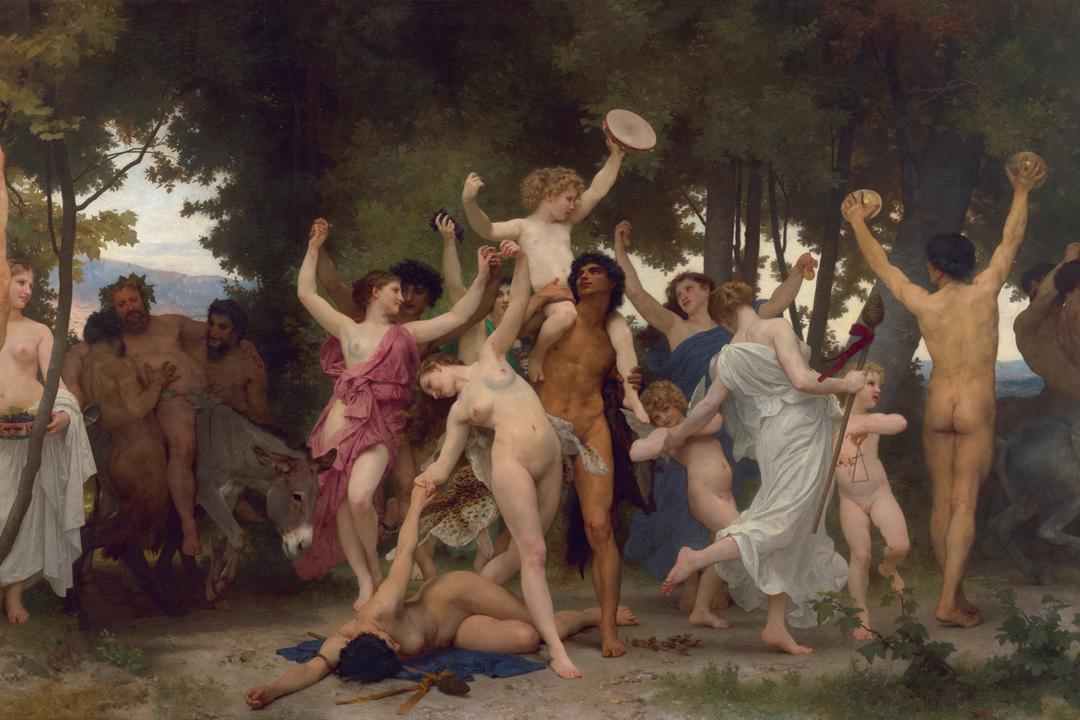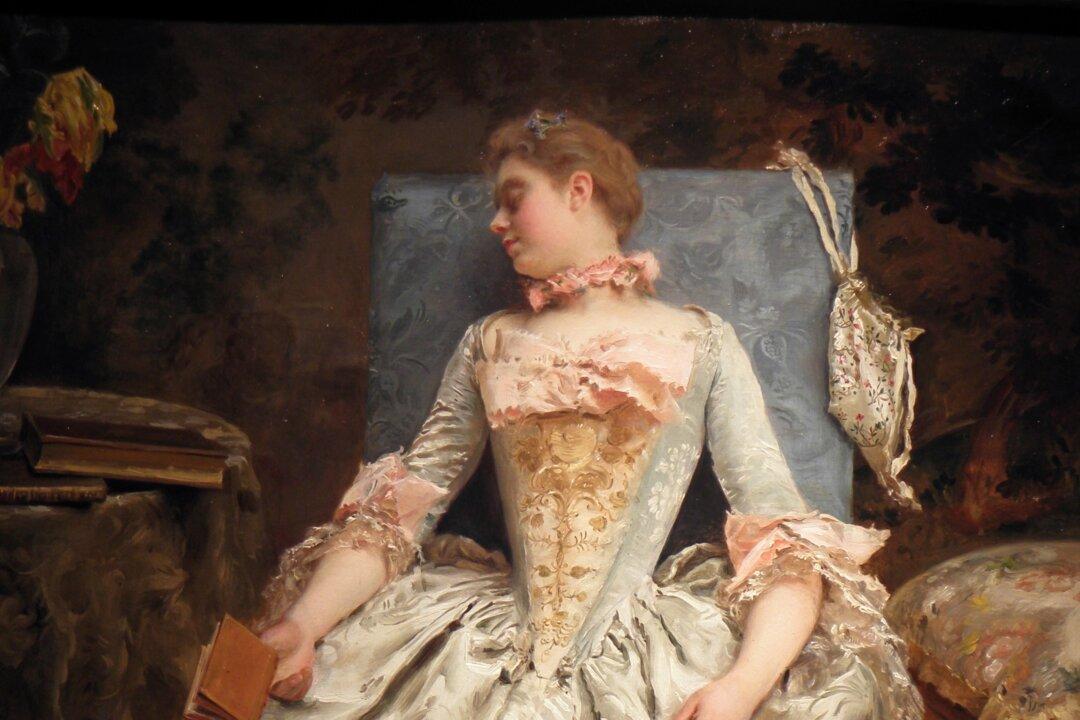Fantasy art is one of the most misunderstood categories of the contemporary realist movement. It is normally discredited as mere illustration since much fantasy art is created for novels and books. However, until recently, most realist art was denigrated in the same fashion.
Critics claim that figurative work is only illustration, but in truth, there is nothing simple about illustration or fantasy art.
Although there are plenty of great examples of this genre used as illustrations for books, fantasy art takes every bit as much imagination, skill, and understanding of technique as other forms of painting. There are also a large number of fantasy artists who choose to paint surrealist and nonexistent subject matter without a specific commission for a book in mind, but simply out of a love for creating subject matter that doesn’t exist in the real world.
Science fiction, fantasy, and magic realism, is a huge genre in movies and literature, why should it not be the same with painting, drawing, and sculpture?
Accepting this imaginative style of art as a legitimate form of human expression will broaden the types of subjects mankind can explore. And the artist’s ability to abstract the subject through the realist human form and recognizable imagery may enable the viewer to understand emotions and themes in the real world. What matters is the work’s ability to communicate the human condition.
Groups such as the Association of Fantastic Art have formed to support endeavors that delineate differences between fantasy art, science fiction, and what is called imaginative realism.







